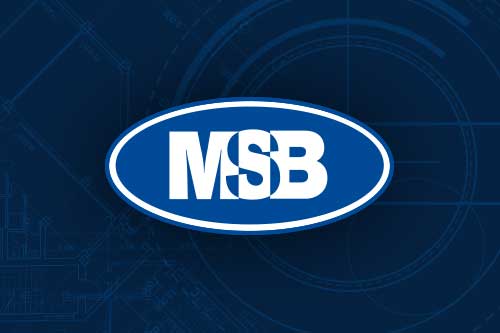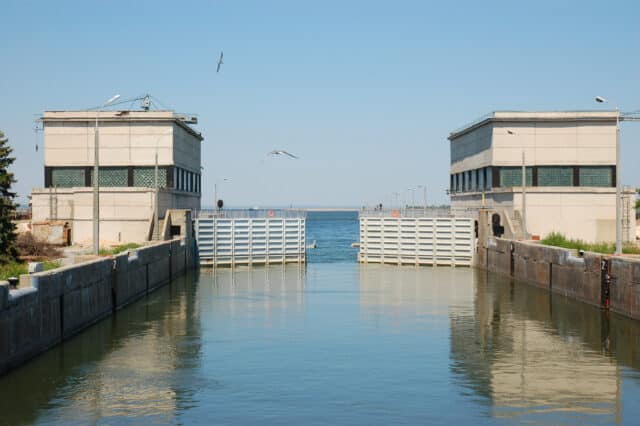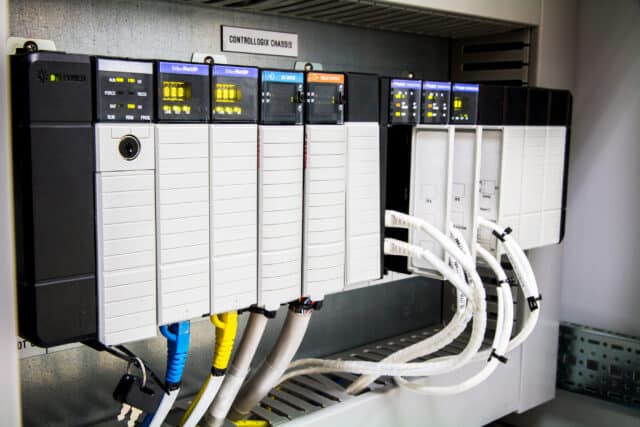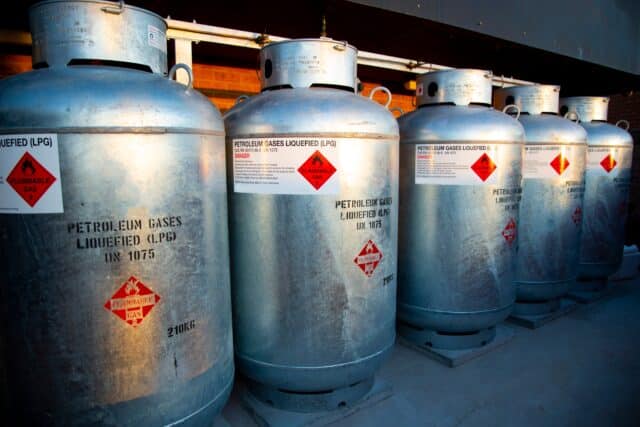Dock sumps at a petrochemical company process large volumes of liquid oil waste from the dock platform and sanitary waste from operator shelters through skid-mounted pumps and hose manifold stations. Sump pumps then transfer the sump contents to the plant’s waste treatment pumping system, where recovered oil is delivered to tanks while untreated water that meets environmental permit requirements is discharged into the Mississippi River. This transfer operation is controlled by existing float switch pump controls with a manual run option.
The client needed a Wastewater Treatment Supervisory Control and Data Acquisition (SCADA) system upgrade with a more reliable radar signal to meet environmental, safety, manpower, and maintenance concerns and comply with Marine Terminal Design Standards.
M S Benbow & Associates (MSB) was contracted to upgrade current controls to a SCADA and telemetry for the pump stations, which involved monitoring the sump alarms, levels and pump status at seven remote sewage pump stations, integrating all of the stations on the same SCADA, communications and telemetry platform.
MSB was the engineering firm responsible for drafting & design, engineering, specification, and testing of the SCADA upgrade.
The project to install equipment and instrumentation necessary to meet the standards required elevated dock sump vents and visual and audible high-level alarms. Per the standards, the sumps must be a closed system with a vent to the atmosphere. The vents should be pressure/vacuum regulated and discharge a minimum of 9.8 feet (3 m) above platforms and 50 feet (15 m) from any equipment; and sump tanks should be designed with high-level alarms displayed in a central manned location.
Work required was to:
- Install mechanical piping as necessary to move vent point to 9.8 feet above sump top and 50 feet from any nearby equipment.
- Piping modifications at the sumps would require flushing and inerting the vessels so structural supports could be installed to support additional vertical and horizontal sections of vent piping to meet elevation and distance requirements.
- Install pressure-vacuum vent relief valve on vent piping.
- Install SCADA system components (wireless radios, programmable logic controller and enclosures with battery backup) and local alarm beacon and siren at each dock location. Continuous level and high level alarms will be displayed at each sump location as well as a centralized manned operator location.
- Install process connection on sump for new radar-level instruments.
- The SCADA/alarm panel enclosure components were DC powered sourced from a battery bank located within the enclosure. The battery bank consisted of two redundant 24 VDC power supplies as a charging source fed from the docks’ 120VAC power panels. Each new alarm panel would receive power supply from two sources, the docks’ local power panel and an emergency battery bank reserve.
.
MSB developed a test procedure for the client to field function test the wireless SCADA system as well as participate in a factory acceptance test prior to converting to the new system.
The system continuously monitors inputs, transmits the sensor readings at regular intervals, and alerts operators when an alarm is detected. The system can also be monitored remotely 24/7.
The project established more reliable and accurate level-measuring instruments. Furthermore, because of the new wireless SCADA infrastructure at these dock locations, installation costs were minimal.
The system will reduce the operation’s probability of overflowing the sumps into the Mississippi River, thereby reducing the client’s environmental impact. Increased reliability also can potentially prevent downtime, expensive fines or lost revenues.



